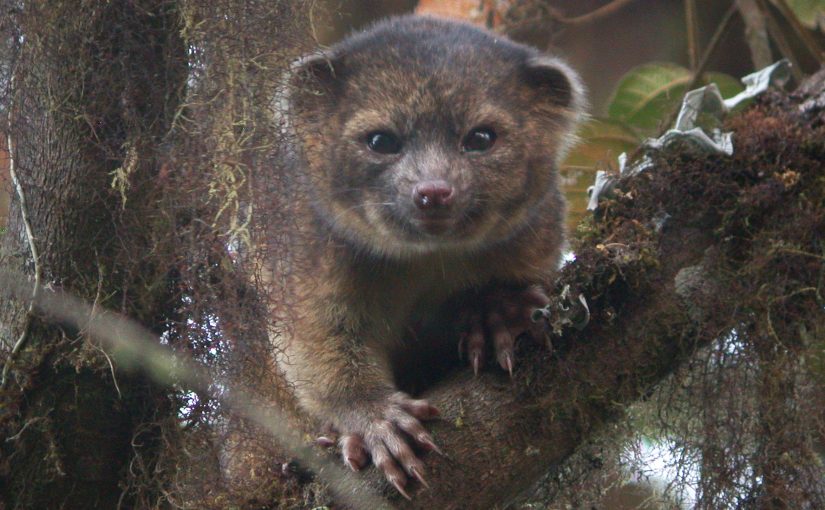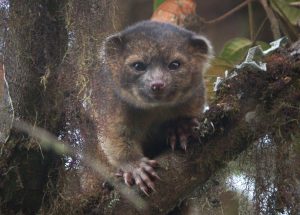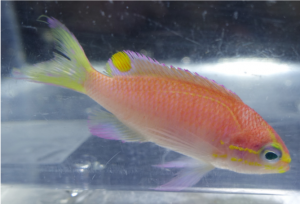Madeline Warren
5 December 2019
A group of scientists discovered six new species of fish while exploring in the Amazon Rainforest. The six species included Ancistrus Patronus (pictured), commonly known as Bristlenose Catfish. The fish are found in rivers in the Amazon Rainforest (Live Science). Lesley de Souza is a Marine Biologist, who stumbled upon the species while she was searching for catfish in Brazil (National Geographic). de Souza said she was fishing for food and that later on, she realized she had eaten some of her findings. She was with her advisor Jonathan Armbruster, a Marine Biologist who specializes in fish. The pair along with their colleagues examined many types of catfish while in the Amazon (National Geographic). Armbruster was also the photographer who took the pictures of the newly discovered fish. de Souza published a scientific journal with the crew’s findings in February of 2019.
Much of their history is still unknown, but the Bristlenose fish have sharp, pointy tentacle-like facial features that help ward off their predators (Live Science). The features are also used for mating. The female fish spot the attention-drawing tentacles on the male and assume he has enhanced protective skills and can fend off threats to future children, therefore, making a good mate. This species is called Ancistrus Patronus, which means “protector” and is one of the six discovered by de Souza and her team (Live Science). Due to the deforestation of the Amazon and other threats, de Souza explained that the catfish may be at risk, but that these findings will help with conservation because it will allow other scientists to understand and study the creatures residing in the region (National Geographic).

Figure 1: Armbruster, Jonathan. “Ancistrus Patronus or ‘Protector’ Was One of Six New Species of Bristlenose Catfish Discovered in the Amazon.” Live Science, 13 Feb. 2019, www.livescience.com/64763-catifsh-species-head-tentacles.html.
Works Cited
Arnold, Carrie. “New Species of Spiky-Faced Catfish Discovered.” Six New Species of Bristlenose Catfish Discovered in South America, 11 Feb. 2019, https://www.nationalgeographic.com/animals/2019/02/bristlenose-catfish-discovered-amazon/. Accessed 5 Dec. 2019.
“These Newfound Catfish Species Are Either the Ugliest Fish Ever or Super Adorable.” LiveScience, Purch, https://www.livescience.com/64763-catifsh-species-head-tentacles.html. Accessed 5 Dec. 2019.


